How to Take Care of Climbing Plants
Climbing plants are not just garden-bound wonders; they can also elevate your indoor spaces, providing that sense of an indoor urban garden. With the right approach and a splash of creativity, these plants can add depth and fresh breath to homes, offices, and other interiors.
Interior Plantscaping
Interior plantscaping is a unique blend of aesthetic appeal and functionality. It’s not just about adding plants to indoor spaces but placing them in ways that optimize their health and enhance the ambiance. One of the stellar candidates for this is the versatile climbing plant. Whether you’re a seasoned gardener or an office professional looking to bring nature closer, this guide is for you.
What Is a Climbing Plant?
Climbing plants, often mistakenly limited to outdoor landscapes, can gracefully ascend trees and other tall structures. Their categorization into bines and vines offers a diverse range of options for interior planting design. While bines, such as hops and morning glory, wrap their stems around objects, vines like the climbing rose and passion vines use specialized structures for support.
Creeper Plants: A Close Relative
Creeper plants, growing closely to the ground, are often confused with climbers. The key distinction? Their growth direction. Creepers sprawl horizontally while climbers reach for the skies.
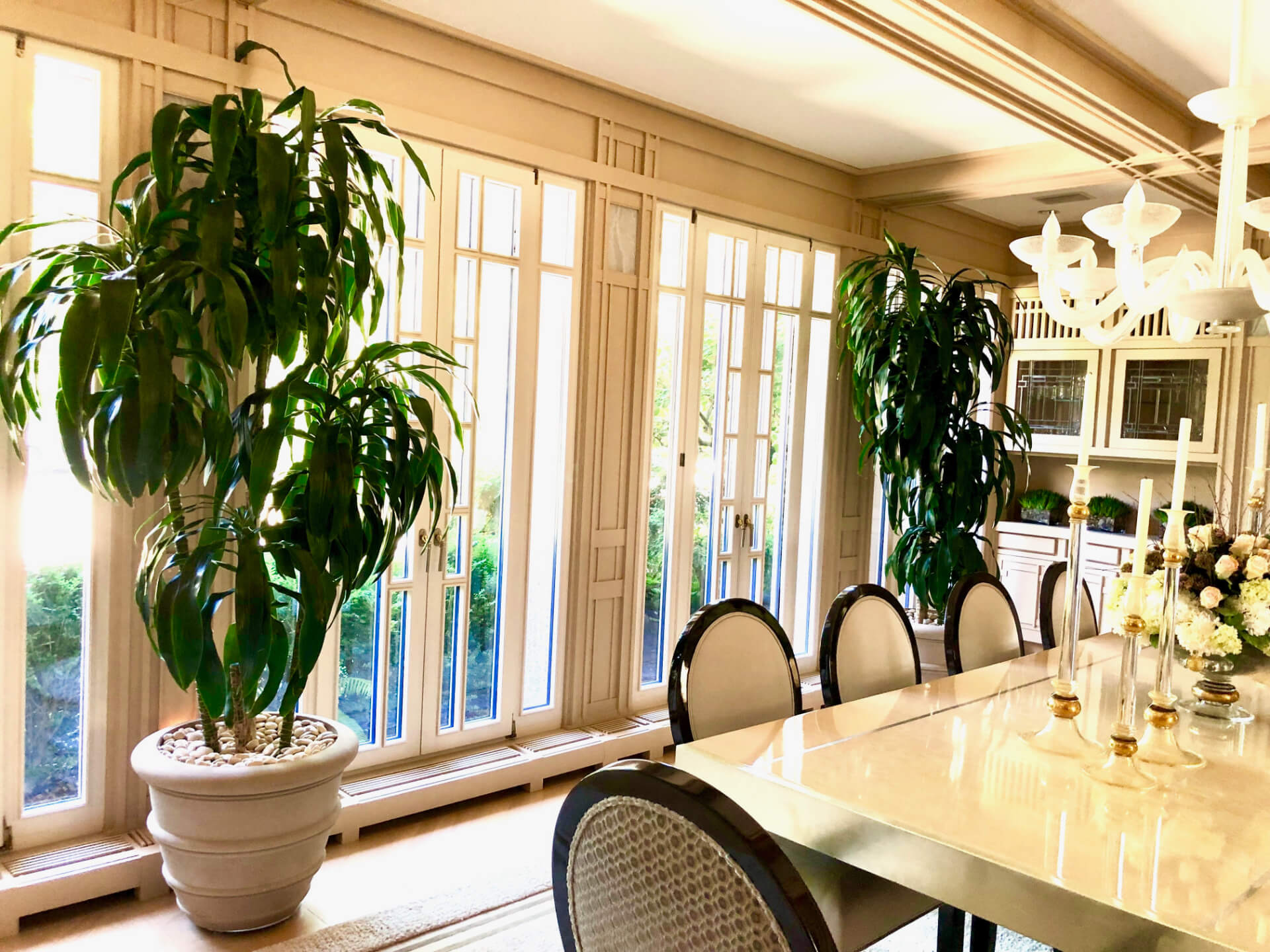
The Role of a Trellis
In the realm of climbing plants, trellises play a crucial role. This light framework, usually made of wood or metal, supports the upward growth of these plants. When considering climbing plants for interior plant design, it’s pivotal to research the specific needs of each species. Not all climbing plants require a trellis, but those that do thrive with the right support.
Supporting Climbing Plants
Beyond trellises, climbing plants can embrace a myriad of structures, from fences to walls and arches. As a word of caution, these plants can become weighty; ensuring a sturdy support system is imperative. The art of indoor plantscaping shines here, integrating these climbers seamlessly with the interior decor.
Climbing Plants: Varieties and Care
Tendrils, twiners, scramblers, and adhesive pads – the world of climbing plants is incredibly diverse. Their unique needs range from horizontal supports for tendrils to robust frameworks for the weightier twiners. Scramblers, such as climbing roses, might need some manual assistance with strings or wires.
As part of an indoor urban garden, climbing plants like Boston ivy and climbing hydrangea require specific care. This care includes the right amount of sunlight, optimal soil conditions, and appropriate watering. Keep reading to learn our 4 recommended habits for climbing plant maintenance.
1) Seasonality
Each climbing plant has its prime season. While spring welcomes the clematis, summer is perfect for star jasmine and honeysuckles. And as the cooler months roll in, grapevines and ivy take center stage.
2) Planting
You should plant climbers at least 11-17 inches from their support base to ensure robust growth. This arrangement allows adequate water access to the roots, fostering a healthy plant that will thrive in its indoor environment.
3) Flowering
Transform your outdoor spaces with the vibrant hues of flowering climbers like honeysuckle, morning glories, and Dutchman’s pipe. These plants bring the added charm of blossoms, enhancing the overall appeal of the interior plantscaping.
4) Trimming
While climbers are superb at abundant growth, timely trimming ensures they remain healthy and well-groomed. The trimming season varies, with climbers preferring late winter and clematis being trimmed either in late summer or late fall.
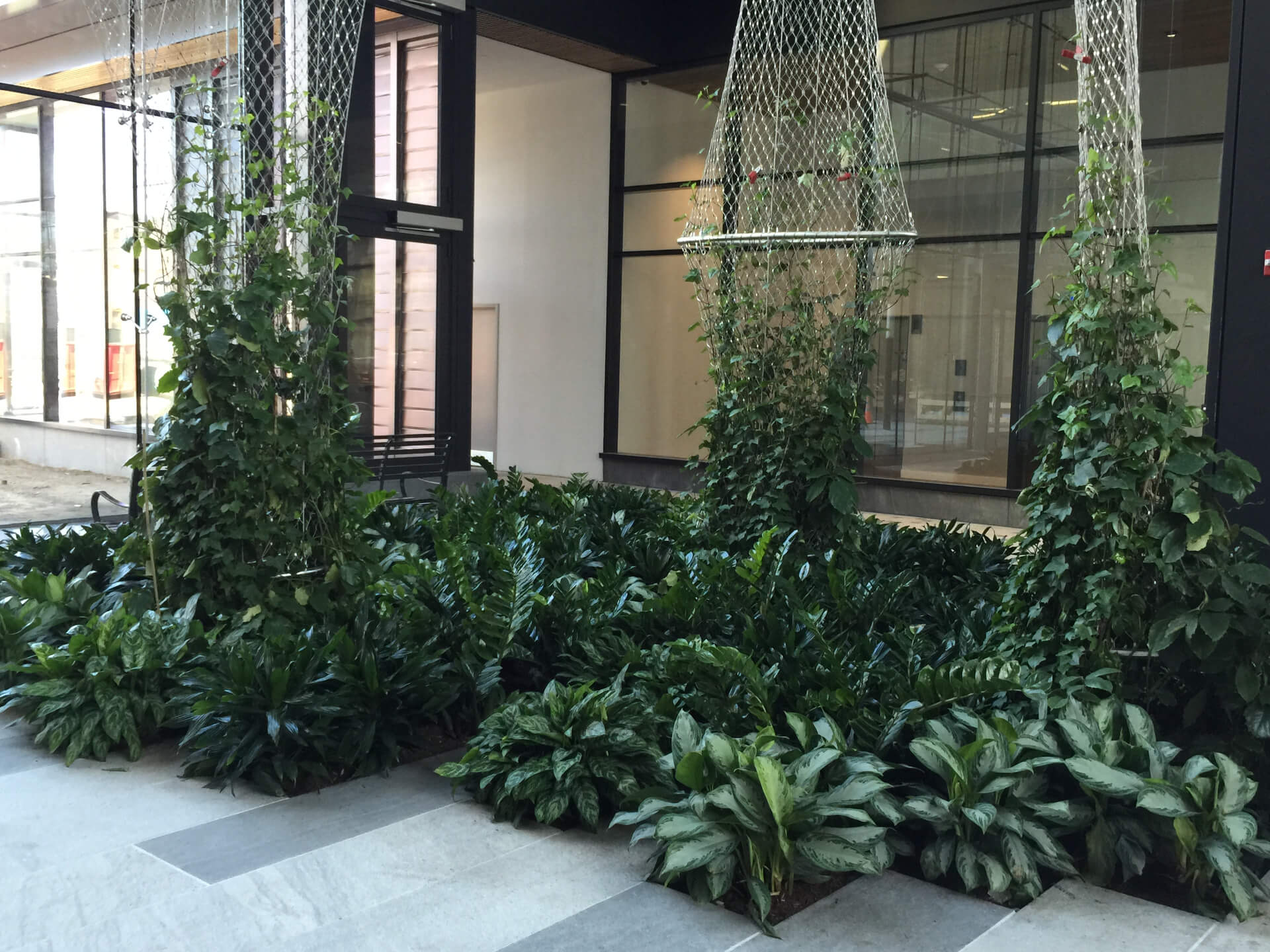
Do you need help decorating your office or storefront?
The Benefits of Climbing Plants in Urban Gardens
Urban living often poses a challenge for green enthusiasts. The lack of sprawling yards and open spaces can make it difficult for tenants of apartments, high-rises, and condos to cultivate a garden.
But that doesn’t mean you have to give up on your gardening ambitions. Here are 6 ways that climbing plants can come to the rescue of the urban gardener in any densely packed metropolis.
1) Space Optimization
Climbing plants, with their upward growth, utilize vertical space, making them perfect for balconies, patios, or even indoor wall spaces. They allow urban dwellers to create an indoor urban garden without the need for large horizontal spaces.
2) Privacy Screen
In closely packed buildings, balconies and windows can sometimes feel exposed. Climbing plants like ivy or jasmine can act as natural screens, offering both privacy and a touch of nature.
3) Temperature Regulation
Climbing plants on exterior walls or balconies can serve as an insulation layer, absorbing sunlight and providing a cooling effect. This effect not only makes your living space more comfortable during the hot summer months but can also help with energy savings.
4) Air Quality Improvement
Dense urban areas often grapple with air quality issues. Climbing plants, like all plants, filter the air, removing toxins and releasing oxygen. An added benefit for those living amidst the hustle and bustle of the city.
5) Mental Well-Being
A touch of green, the rustling of leaves, and the sight of climbing blossoms can be therapeutic. In the heart of an urban jungle, these plants serve as a connection to nature, promoting relaxation and reducing stress.
6) Flexible Design
One of the beauties of climbing plants is their adaptability. Whether you want a lush curtain of green, a colorful cascade of flowers, or a minimalist touch with a single climbing vine, the options are aplenty. They can integrate seamlessly into any interior or outdoor planting design to suit your tastes.
For those navigating the challenges of urban living in cities like Boston, climbing plants offer a flexible and beneficial solution. Not only do they transform compact living spaces into green sanctuaries, but they also amplify the benefits of nature in an urban setting. With the right guidance and care – any urbanite can cultivate a vertical garden oasis.
Are you ready to set up your holiday décor?
Key Takeaways
Modern interior planting design recognizes the value of indoor vines. These can be draped over eaves, placed in hanging pots, or spread across desks. Vines like Philodendron Brazil and Hedera helix are particularly apt for office spaces, blending the tranquility of nature with the dynamism of work environments.
Climbing plants aren’t just about aesthetics; they bring tangible benefits to indoor spaces. They can reduce stress, elevate the mood, improve air quality, and even dampen background noise. They serve as a testament to Foliaire’s expertise in interior plantscaping – providing the perfect merger of nature’s beauty and interior aesthetics.

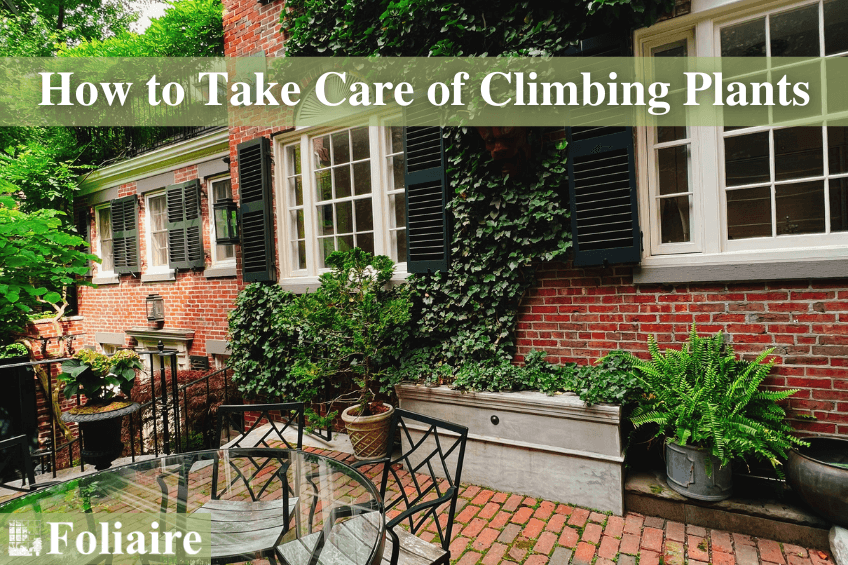


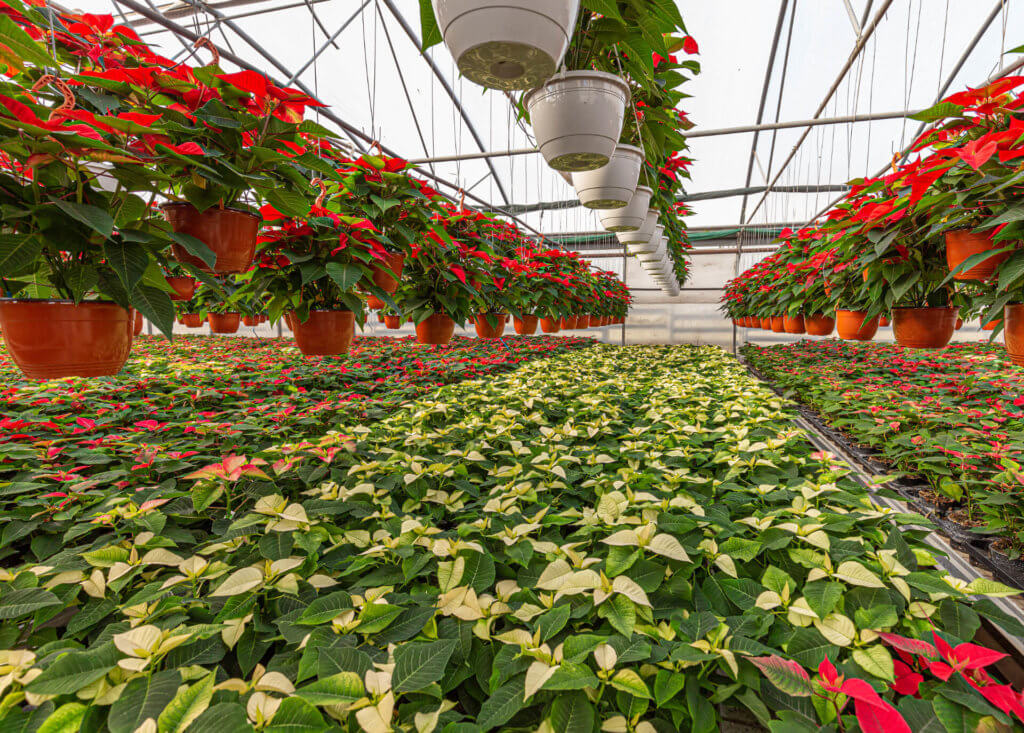
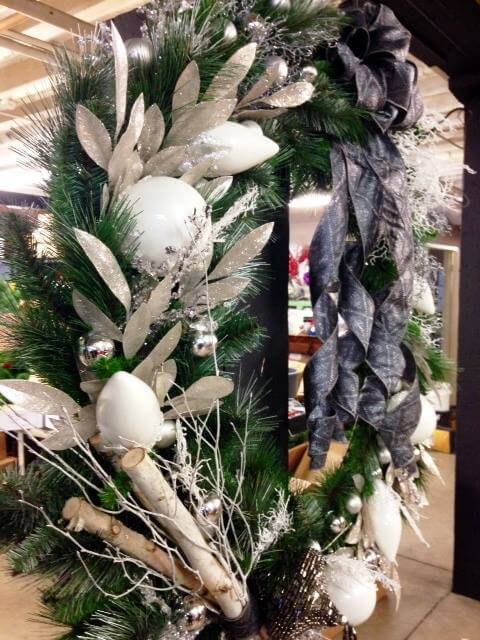
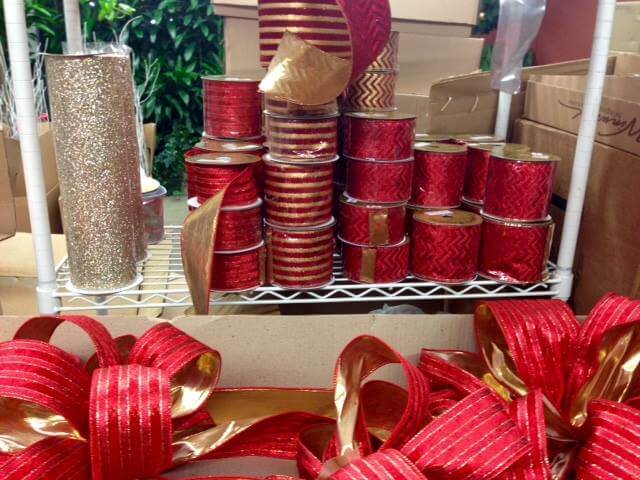
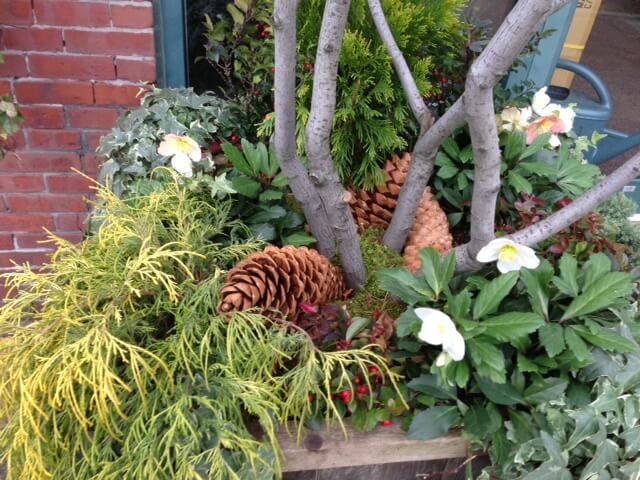

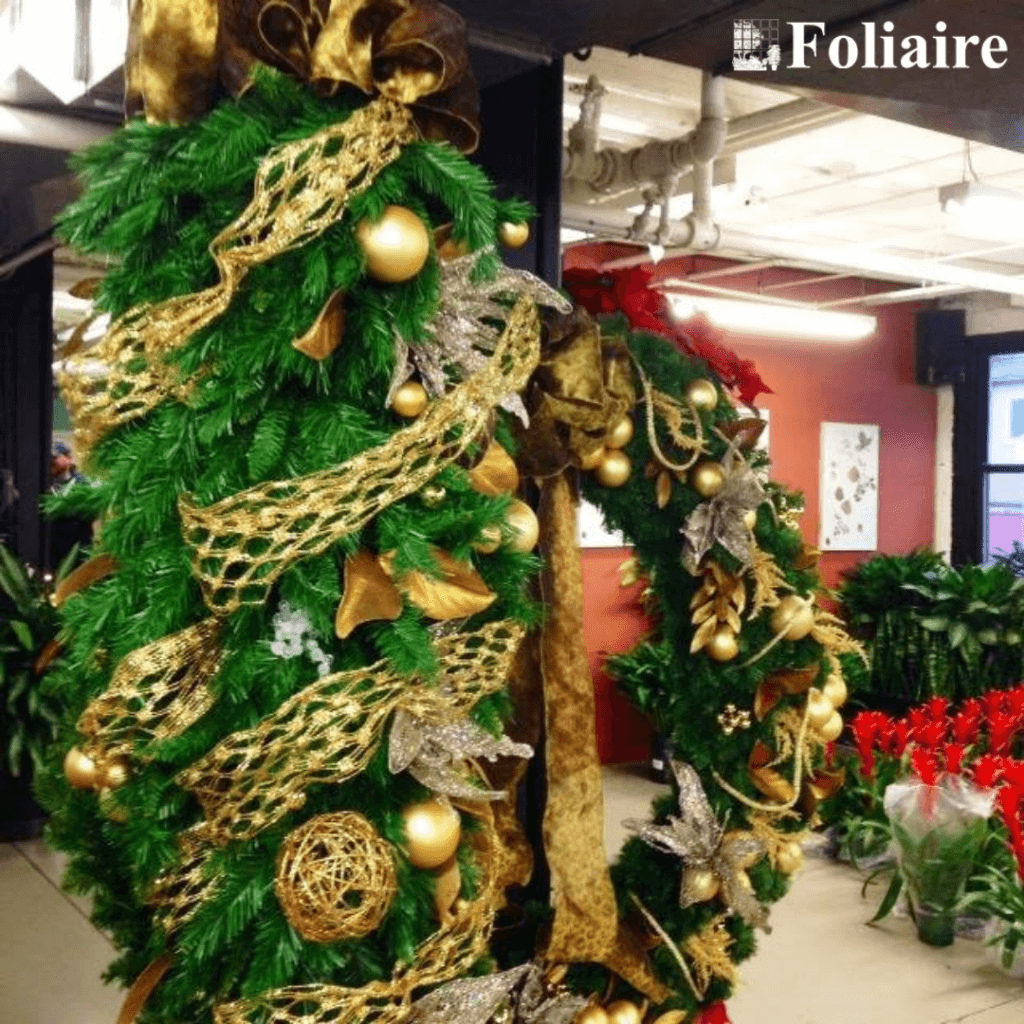


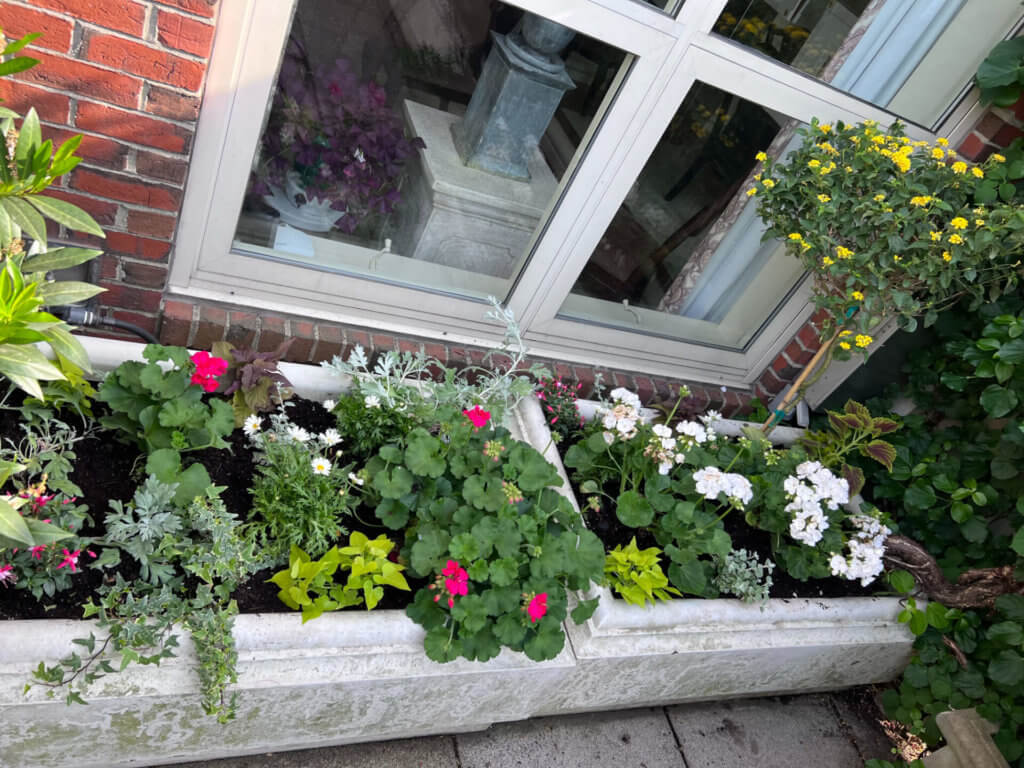
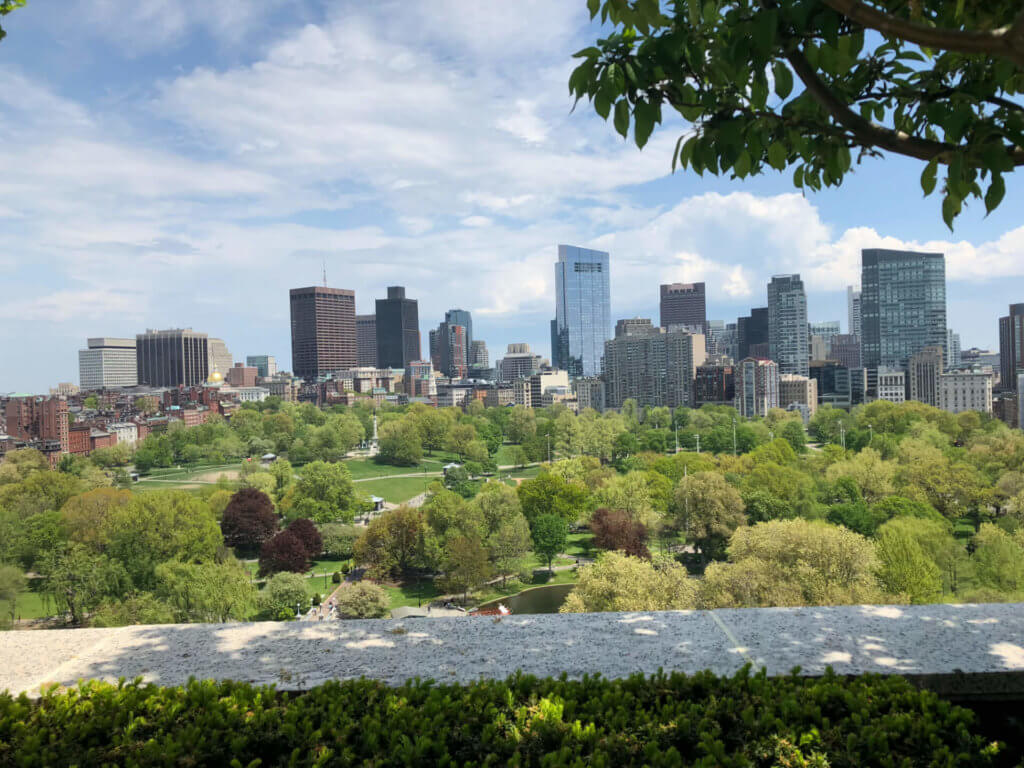
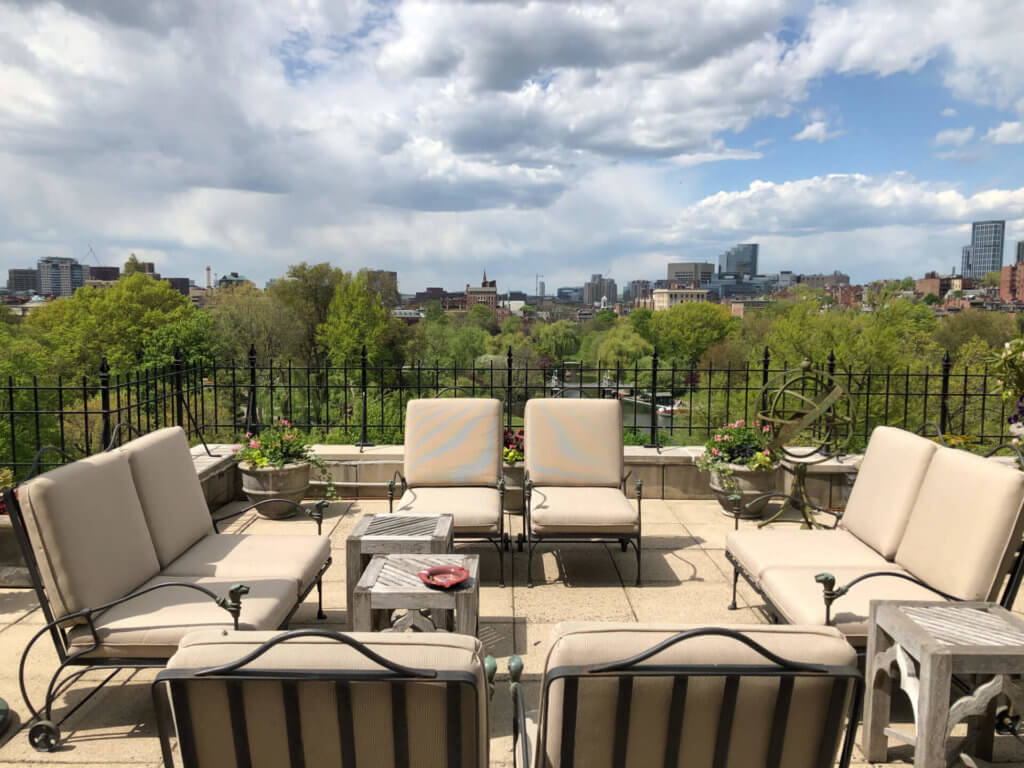
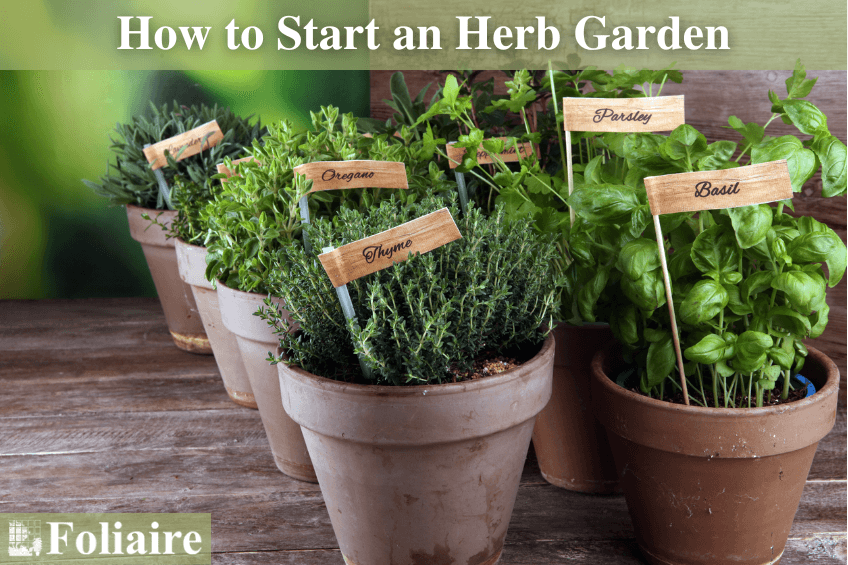
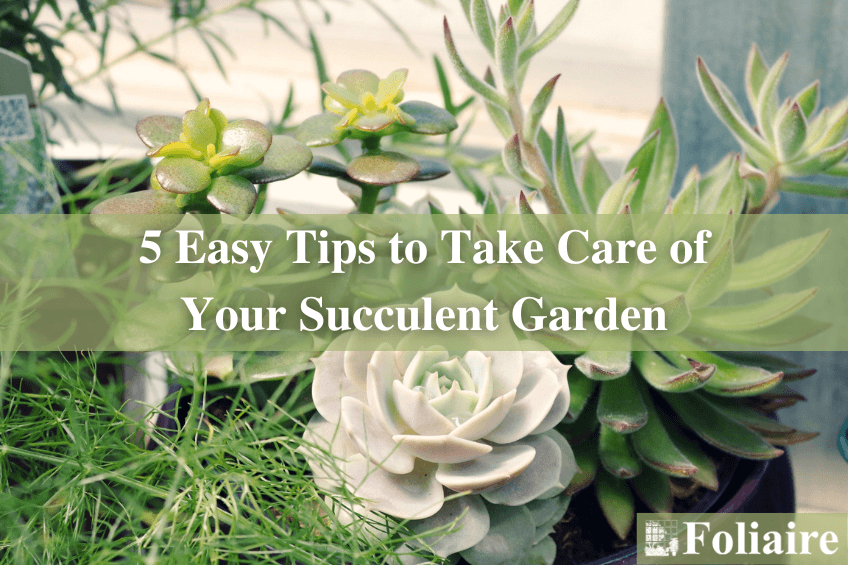
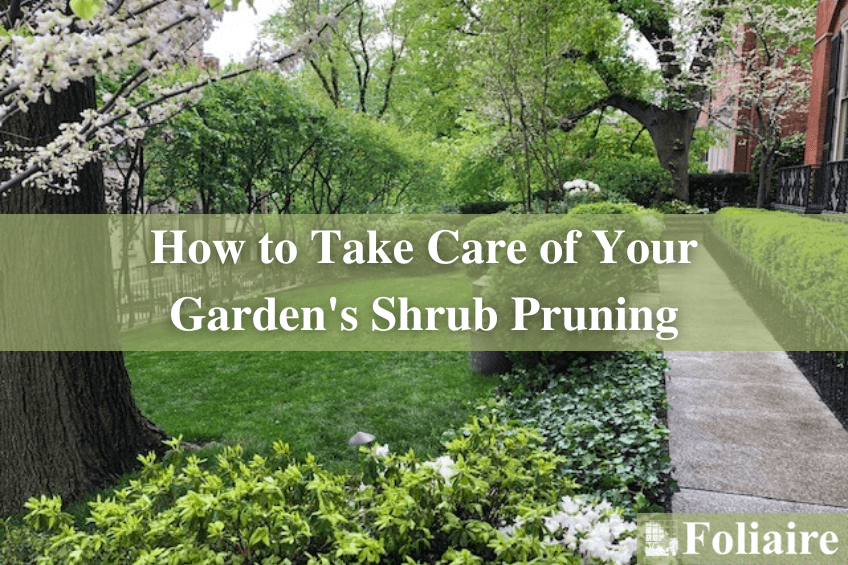

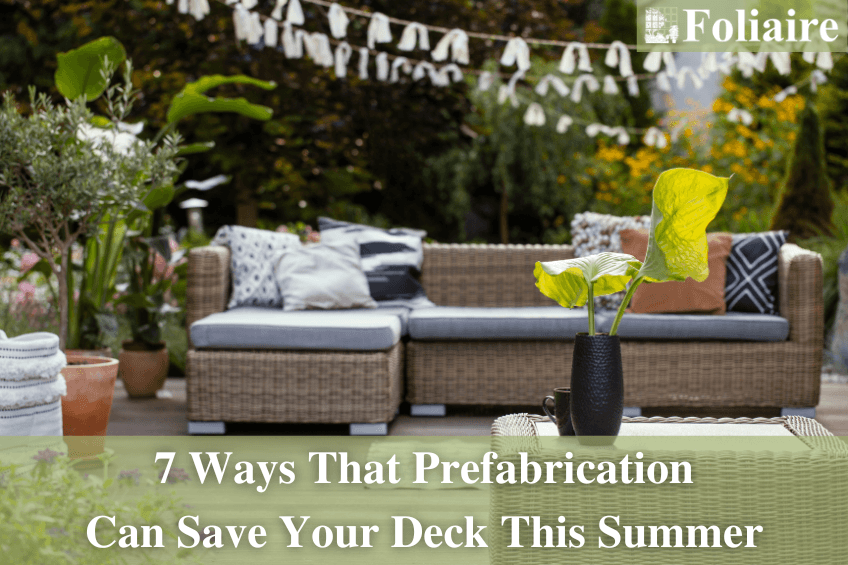
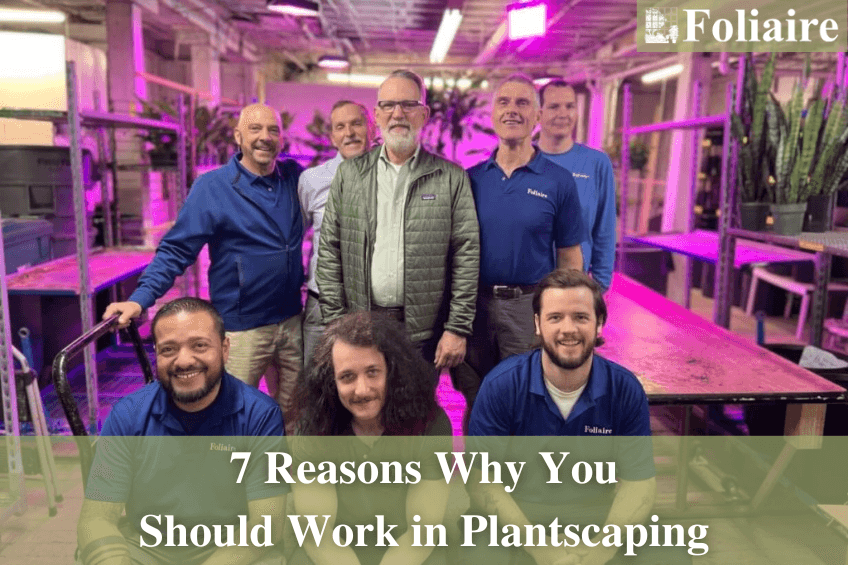
Corporate Gardens Are a Social Hub
Depending on the size of your new corporate garden, you’ll soon find this becomes a central hub for social activity in your office. We’ve all spent so much of the past year in front of computers at home. Now, it’s time for everyone to reconnect.
When employees can speak to colleagues in a social setting, they’ll grow their relationships. This development positively impacts trust and teamwork, which benefits any organization. Thanks to your interior plant design, you’ll give your team a new place to interact.